Top 5 Lies About Dry Cat Food – And Why They’re Wrong
Last Updated on
Are you telling yourself one of these 5 lies about dry cat food?
Dry cat food consists of at most 12% moisture. For an animal with a naturally low thirst drive and an instinctual desire to attain hydration through eating moisture-rich prey, that’s a devastatingly low percentage.
Despite the serious flaws of dry food, it remains the #1 most popular type of cat food in the United States.
Why? Because most people don’t see anything wrong with feeding it to their cats. Here are five of the top reasons why people continue to feed their cat this nutritional catastrophe.
There’s no reason to worry about dehydration because my cat drinks lots of water out of a bowl.
Cats who eat dry food drink more water than cats who consume wet food, but guess what? It doesn’t matter. They’re still not getting enough water. And they’re probably chronically dehydrated.
Cats who consume a diet with between 53.2% and 73.3% moisture content produce larger volumes of more dilute urine, reducing their risk of urinary stones. In case you’re wondering, dry cat food is drier than a popcorn kernel.
You are literally feeding your cat meat-flavored cereal and, in most cases, you’re not pouring an ounce of milk in the bowl.
Even considering the extra time spent at the water bowl, cats who eat moisture-depleted food have concentrated urine and an increased risk of stone formation.
“…a cat on a canned food diet consumes approximately double the amount of water consumed by a cat eating dry food when all sources (food and water bowl) are considered.” – Lisa Pierson, DVM
The idea that dry food is bad is part of a conspiracy to get people to spend more money on cat food!
Someone in a Facebook group for cat enthusiasts alluded to the idea that “They” are trying to convince us that dry food is bad for your cat in order to drum up sales of so-called premium foods.
I won’t argue that “premium”, “holistic”, “human-grade” and “natural” cat food companies definitely want you scared of cheap grocery store foods. In most cases, these foods are indeed a total scam.
Wanna know what’s the biggest scam of all?
Premium dry cat food.
Yeah, even that premium Canadian cat food brand whose name starts with O. And that dry food your veterinarian gave you for your cat’s urinary tract health. They’re just as bad as the colorful stuff on the shelf at the grocery store. Every last one of them is criminally and poisonously lacking in the world’s most important nutrient.
Seriously, you’re better off feeding your cat Friskies or Fancy Feast. At least they won’t leave your cat with nutritional deficiencies.
My cat just won’t eat anything else and I don’t want to be mean to her.
I hear this one all the time. Someone sees the problems of dry food and wants to stop feeding it to their cat, but the poor kitty turns their tiny nose up at anything but her stinky cereal.
Under certain circumstances – if your cat is ill and needs all the calories they can get, for example – this is a valid excuse. Let your cat eat dry food, bone broth, cooked chicken – anything non-toxic that they’re willing to eat.
In most situations, however, there’s nothing wrong with letting your cat experience the natural sensation of hunger. Cats are not more emotionally fragile than humans – in fact, they’re much more resilient in many cases. Being weaned off of junk food will not scar your cat for life. It will not make them permanently depressed.
It may take weeks or months to wean your cat off of dry food. Start by discontinuing free-feeding. You need to use hunger to your advantage. Don’t ever let your cat go for more than 12 hours without eating, but please don’t be afraid to let your cat become hungry. A hungry cat is more willing to try something new.
Secondly, add a little water to your cat’s dry food. That moisture is essential and it will help your cat say goodbye to that crunchy sensation. Start gradually incorporating spoonfuls of wet food into your cat’s dry food.
The famished mews will eventually give way to reluctant eating and, eventually, your cat will convert to wet food. It’s a matter of patience and mental strength. The benefits for your cat’s health are worth it.
I want my cat’s teeth to be healthy and dry food is good for your cat’s teeth, so I have to keep feeding my cat dry food.
I remember the first time Wessie vomited in our home. I didn’t see it happen. Instead, I found a puddle of regurgitated kibble on the floor. Bloated X’es and O’s in brown broth. Most of the pieces were completely intact as if he’d swallowed them whole.
This was graphic evidence of a critical fact about dry cat food. Cats don’t chew it, so even if it could abrade their teeth, it doesn’t even have a chance to do so.
Cats are not omnivorous or herbivorous animals. Their teeth were not made to chew. Look deep into your cat’s mouth and look for flat-topped molars. You won’t find any. Our carnivorous cats’ teeth are made to rip flesh and break bones. Your cat naturally tears off chunks of meat and swallows them whole.
Most cats do crunch through their dry food a bit, but it’s nothing like the chewing action we’re accustomed to, and it’s certainly not enough to abrade plaque and clean their teeth. And any mild abrasive effect is counteracted by the high carbohydrate content of dry food, which causes bacterial growth and makes the problem worse.
Remember that soft food isn’t the answer, either. You can’t clean your teeth by giving your cat canned food. Soft raw food is no better.
The only three things that can help your cat’s dental health are:
- Professional dental cleaning
- Brushing your cat’s teeth at home with an enzymatic toothpaste
- Feeding your cat raw, meaty bones
If dry food is so bad, my cat wouldn’t be alive right now.
Here’s the thing about chronic dehydration: it doesn’t make your cat look sick immediately. It’s quiet and subtle and treats your cat pretty well compared to other conditions.
Then one day, your cat is straining in the litter box and only getting out a few bloody droplets and you’ll wonder what could possibly be the cause. Or maybe that will never happen. Your cat could live a long, healthy, and happy life.
Considering the fact that cats don’t drink enough to compensate for moisture-depleted food, the fact that switching to wet food can cut FLUTD recurrence rates in half, and evidence that dry-fed cats are more prone to feline lower urinary tract disease, it’s easy to justify making the switch “just in case”.
If wet food was better than dry food, my veterinarian wouldn’t send me home with a bag of Hill’s Science Diet.
If breastfeeding was superior to giving formula to your infant, babies would never come home from the hospital with free samples of formula.
Try asking your veterinarian about the importance of moisture in your cat’s diet. Ask if a canned or other high moisture food might be better. Move the conversation away from the default and probe into the science behind the diet.

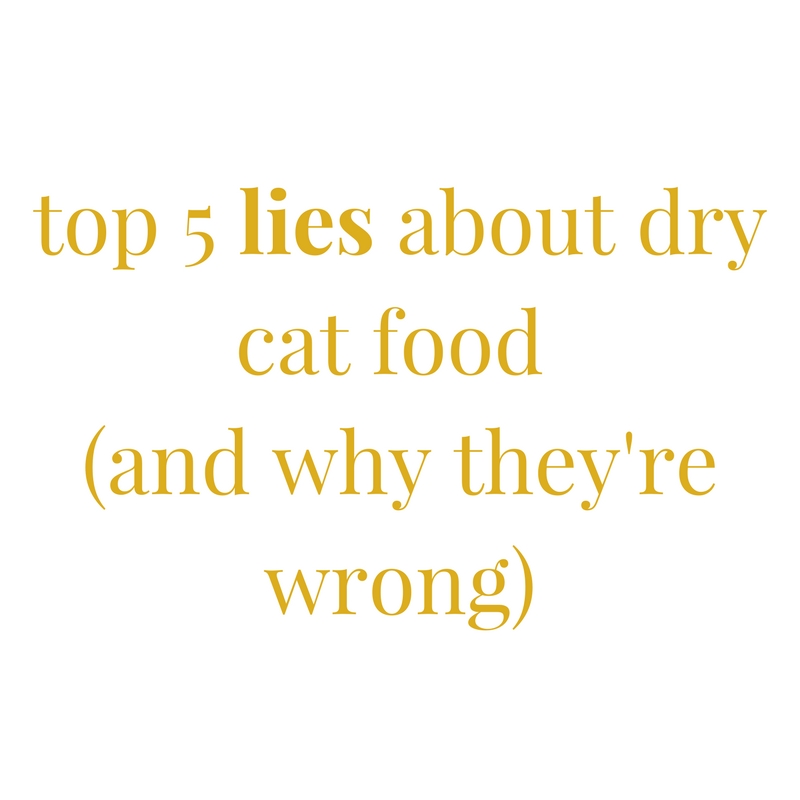


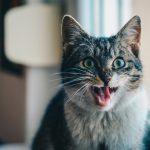
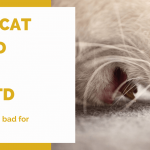
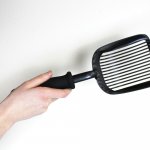
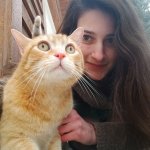
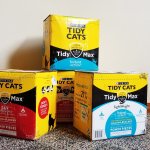
Hello ,
I saw your tweet about animals and thought I will check your website. I like it!
I love pets. I have two beautiful thai cats called Tammy(female) and Yommo(male). Yommo is 1 year older than Tommy. He acts like a bigger brother for her. 🙂
I have even created an Instagram account for them ( https://www.instagram.com/tayo_home/ ) and probably soon they will have more followers than me (kinda funny).
I have subscribed to your newsletter. 🙂
Keep up the good work on your blog.
Regards
Wiki